Facilities and equipment across campus support research related to neuroscience and aneurotechnology.
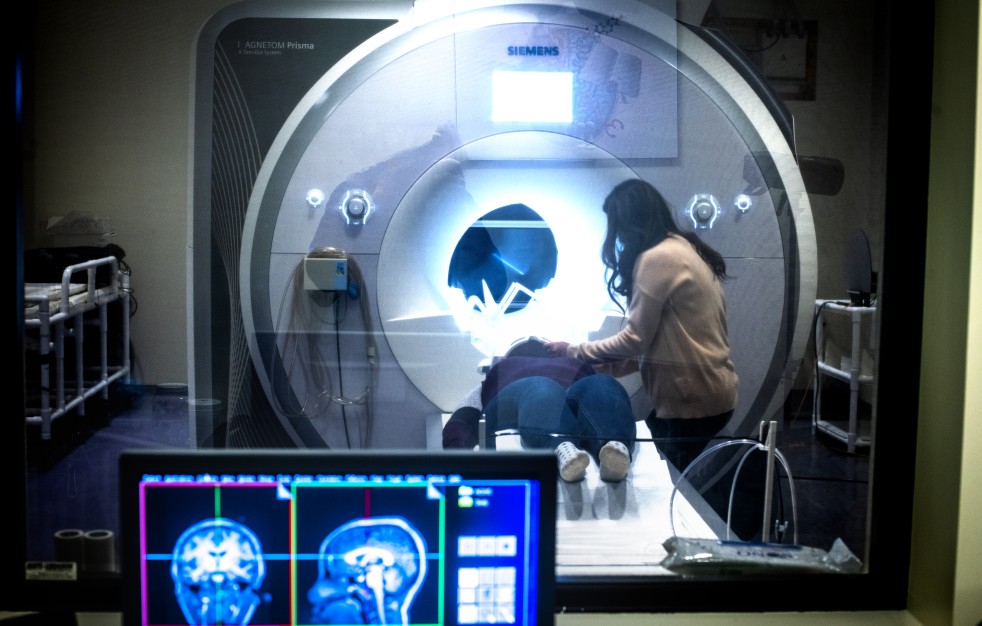
The Center for Advanced Brain Imaging (CABI)
CABI, a joint venture of Georgia State University and the Georgia Institute of Technology, provides state-of-the-art neuroimaging facilities for studying brain-behavior relations in children and adults. The CABI features a magnetic resonance imaging (MRI) system rated at 3 Tesla, which provides the power to observe details of electrical impulses and pathways in the brain, as well as other neuroimaging technologies such as transcranial magnetic stimulation, and transcranial Doppler sonography, eye-tracking, and other psychophysiological techniques. Contact Melvina Palmer at mpalmer72@gatech.edu with general questions.
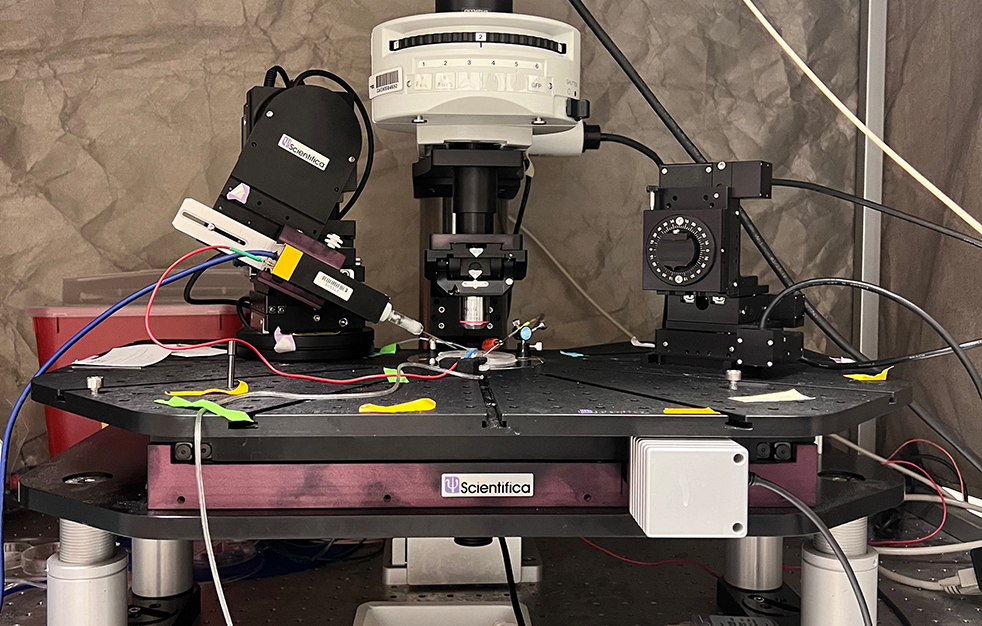
Neural Design Suite
This neuroscience core facility is a state-of-the-art facility for rodent electrophysiology research located in the Petit IBB building. The available equipment consists of three major rigs that allow researchers to perform manual and/or automated in vitro and in vivo patch clamping, in vivo extracellular electrophysiology recording. Recently acquired Cool LED illumination system is optimal for performing Ca2+ imaging studies in a variety of bio-samples. Multiple Sutter pullers including new Sutter P2000 allow researchers to fabricate various types of glass capillaries. Contact Bo Yang at bo.yang@me.gatech.edu for more information.
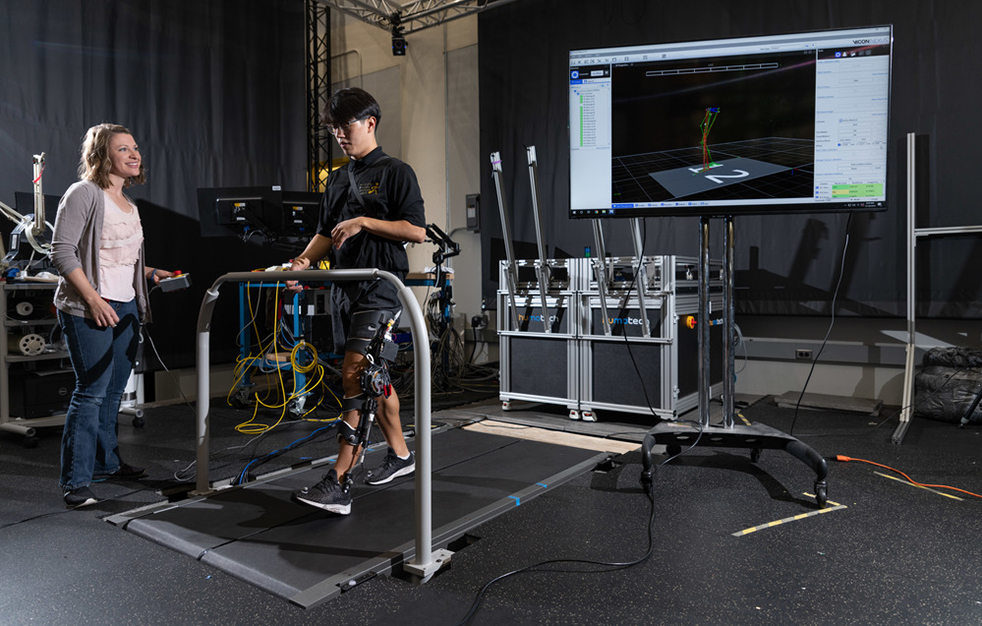
Institute for Robotics and Human Machines (IRIM) Human Augmentation Core
The Human Augmentation Core Facility is a ~ 3000 square foot space in the Callaway Building with two main human subject research bays: The Motek CAREN system bay and the Gait Lab bay. Additionally, a private patient changing room is equipped with a hi-lo plinth and sink for preparation of subjects prior to and following experiments. Wearable robotic devices intended to augment the hip, knee and ankle are available in portable or tethered capabilities as well as extensive sensing capabilities to understand human performance and capability. For more information contact Kinsey Herrin, Senior Research Scientist, at kinsey.herrin@gatech.edu.
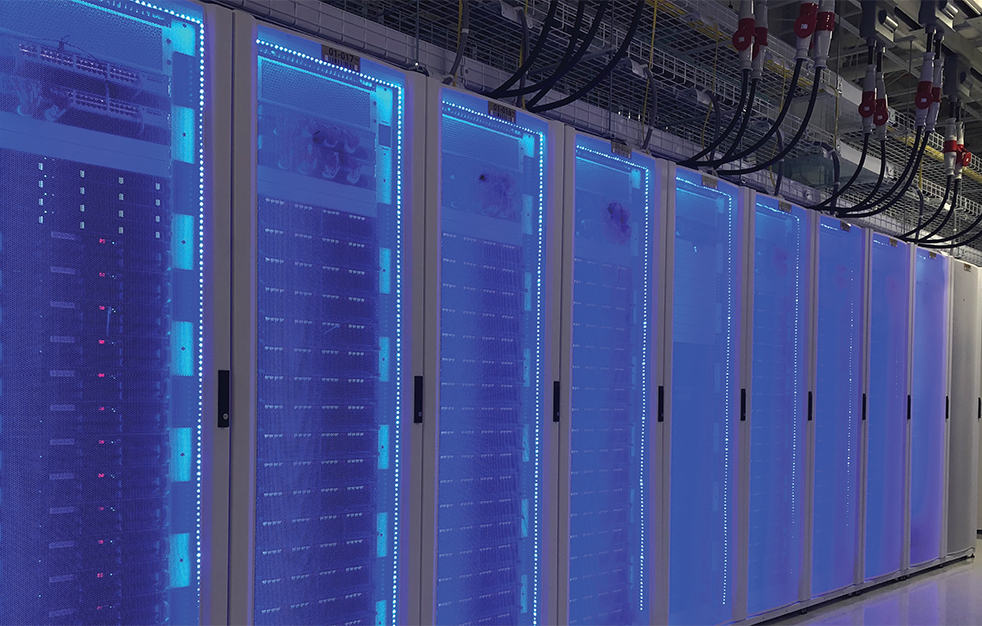
Partnership for an Advanced Computing Environment (PACE)
PACE provides a core suite of HPC services and resources available to faculty participants. These resources include infrastructure, commodity services, software, technical services & support, and compute clusters. Any academic and research faculty can request access to a free tier account: 1TB of project storage and a number of credits equivalent to 10,000 CPU-hours (per month) on a 192GB compute node. Additional resources can be purchased. For more information, including access to other clusters such as the instructional clusters, or to get started at PACE, view the participation page.
Institute for Electronics and Nanotechnology (IEN) Core Facilities
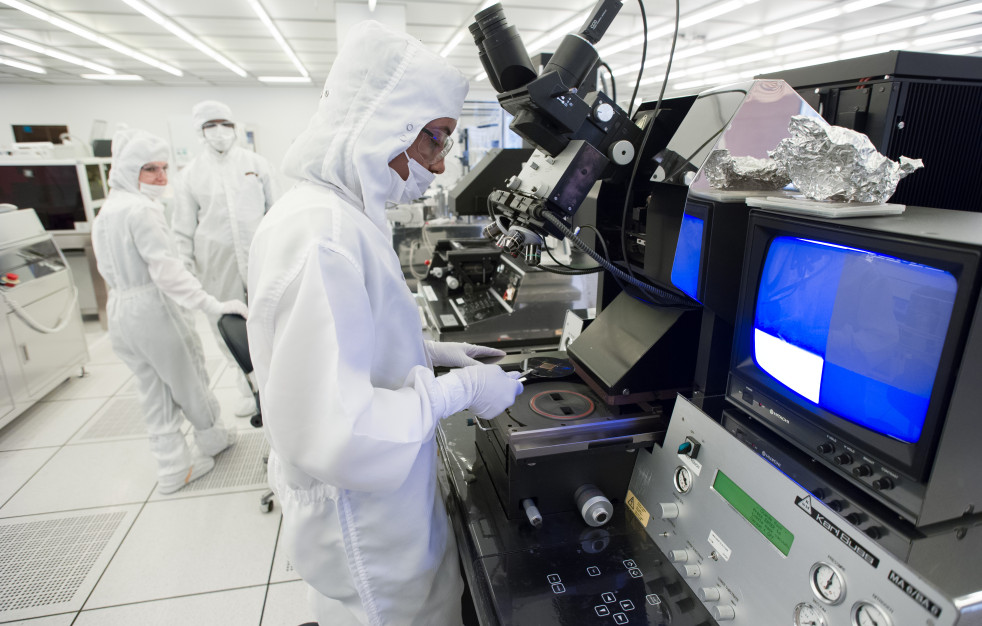
Micro/Nano Fabrication Cleanroom
IEN operates and supports the region’s most extensive core research laboratories in several campus buildings. Hands-on, shared user cleanroom space totals 28,500 square feet in the Marcus and Pettit buildings. These cleanrooms are in general use for electronics, MEMS, photonics, and materials research, along with a specialized class of 100 bays for work at the interface between fabrication and life sciences. Additional laboratories under IEN administration include the Laser Machining Lab, for micro-machining of diverse materials using UV and IR laser sources, and a Teaching Cleanroom dedicated to supporting advanced training and lab courses taught in the areas of CMOS fabrication, MEMS, and micro/nanoelectronic processing. For more information, contact the IEN Cleanroom Manager, Gary Spinner, gary.spinner@ien.gatech.edu
Institute of People and Technology (IPaT) Core Facilities
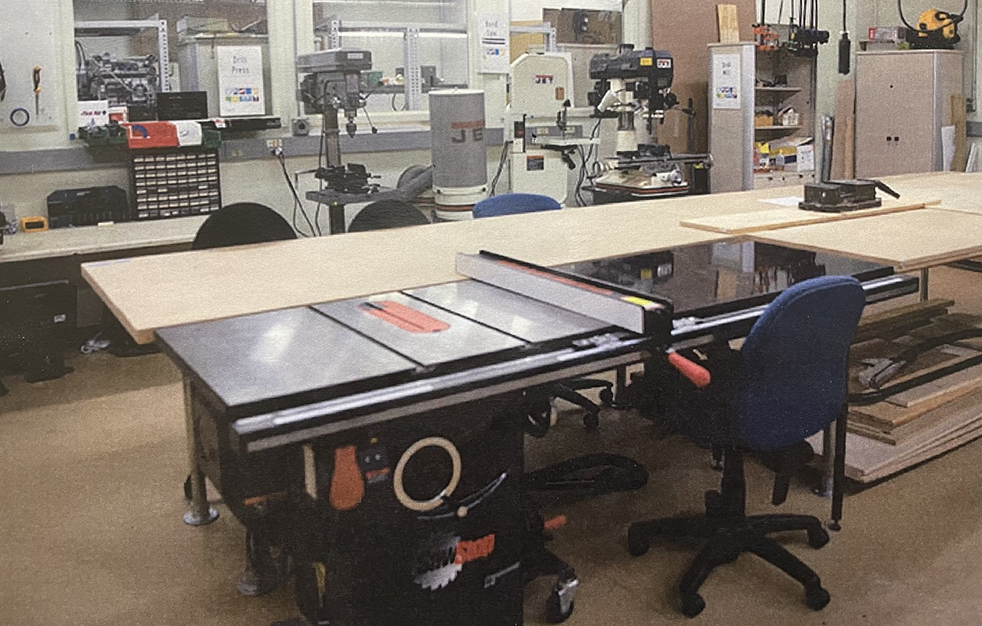
GVU Prototyping And Craft Lab
The GVU Prototyping Lab and Craft Lab are part of the IPaT's portfolio of research resources. These labs, focused on rapid prototyping and product development, allow researchers to work with state of the art equipment like laser cutters, milling machines, CNC textile equipment, and more to take projects from ideation and design through production-ready prototypes. The resources in these labs are available for academic and research pursuits to everyone in the Georgia Tech community. Contact Tim Trent at tim.trent@gatech.edu for more information.

Aware Home
The Aware Home, a 3-story, 5040 square foot facility designed to facilitate research, while providing an authentic home environment is one of the Institute for People and Technology (IPaT)’s Living labs. It is part of the Aware Home Research Initiative (AHRI), an interdisciplinary research endeavor aimed at addressing the fundamental technical, design, and social challenges for people in a home setting. Areas of research focus include health and wellness in the home, with significant efforts focused on technology to support aging-in-place and people with disabilities. Contact Brian Jones at brian.jones@gatech.edu for more information.
Institute for Bioengineering and Biosciences Core Facilities
For more information, contact IBB Core Facilities Director Steve Woodard at steve.woodard@ibb.gatech.edu.
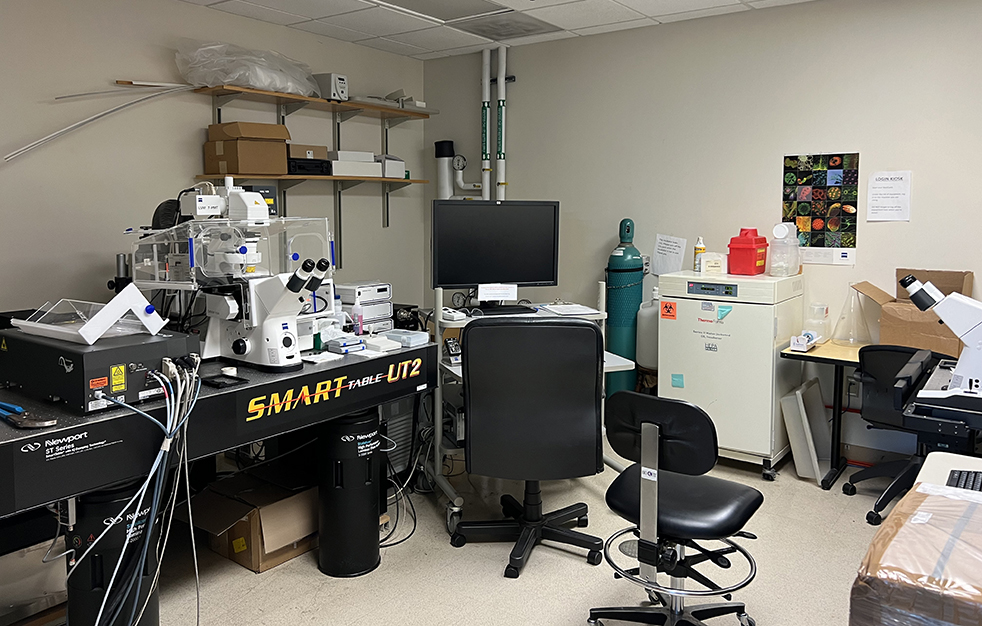
Optical Microscopy
The Optical Microscopy Core provides state-of-the-art microscopy tools to Georgia Tech researchers and the surrounding academic and industry community. Expert training and consultation are available from the core staff on all of our systems including point scanning confocal, spinning disk confocal, 2-photon, super-resolution, and lightsheet, darkfield, and widefield systems.
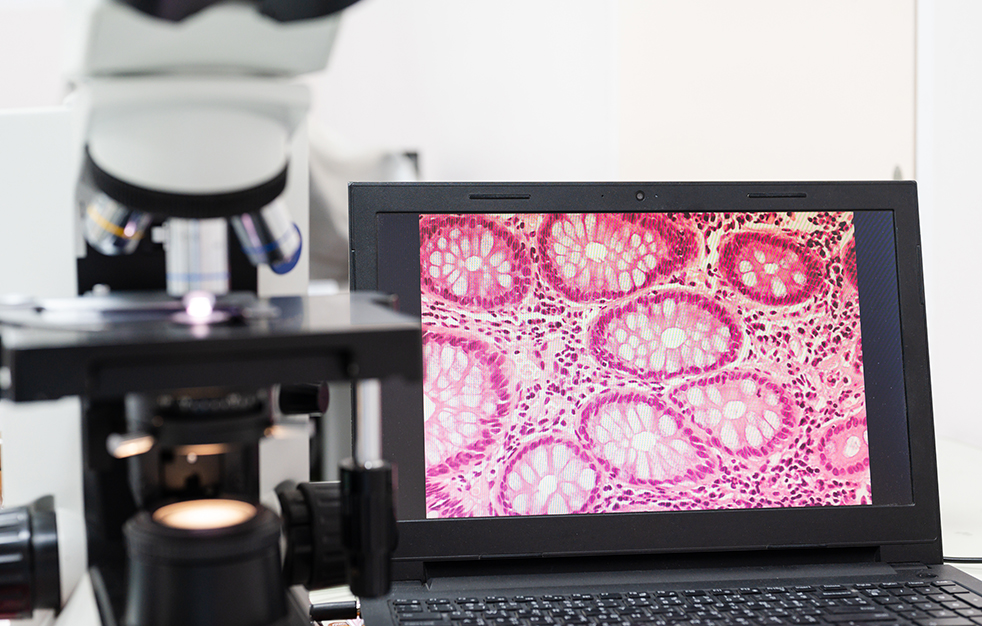
Histology
The Parker H. Petit Institute's histology core is a research-based laboratory that specializes in the microscopic analysis of engineered, clinical, fresh, routine, and non-routine specimens. Through cryogenic, paraffin, gelatin, and resin preservation, users are able to analyze an array of samples for various forms of microscopy.
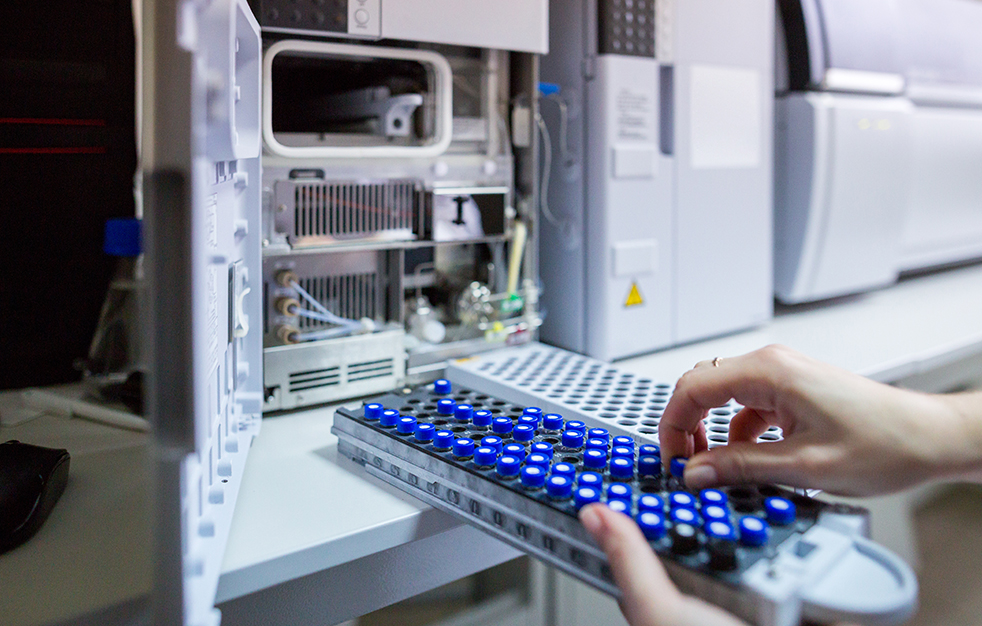
Systems Mass Spectrometry
The Systems Mass Spectrometry Core (SyMS-C) facility is to provide researchers with state-of-the-art scientific and technical support in modern proteomics and metabolomics.
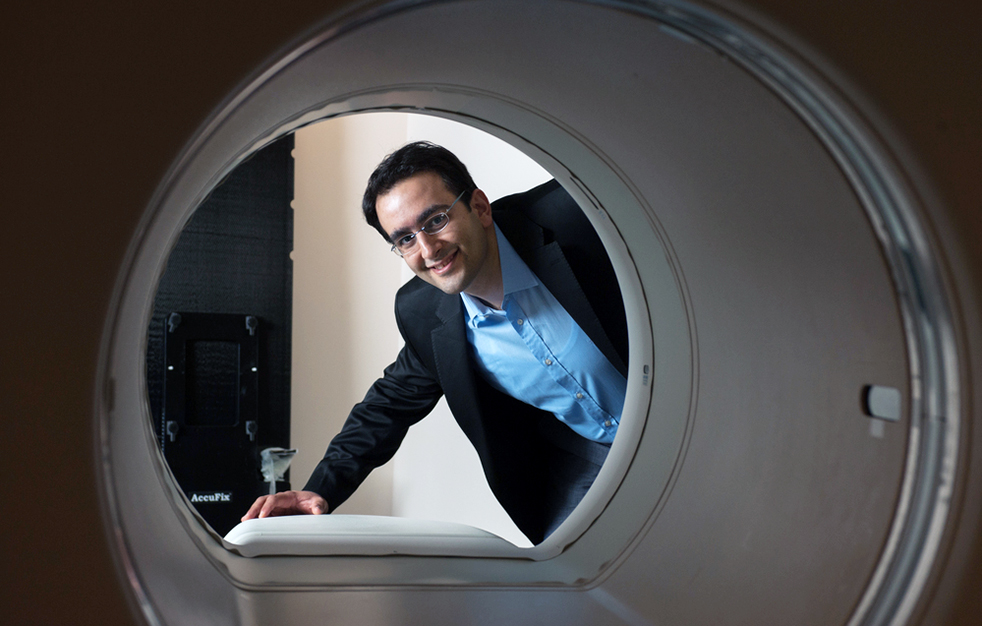
Micro CT
Micro-computed tomography (micro-CT) is an X-ray imaging technique used for high resolution, nondestructive assessment of materials including musculoskeletal tissues and engineered biomaterials. Research applications include fracture healing, skeletal phenotyping, segmental bone defect repair, age-related effects on bone, joint degeneration, vascular remodeling, developmental biology, and microstructure of materials.

Magnetic Resonance Imaging
Available MRI studies include the following focus: molecular imaging, cardiac imaging, development of new contrast agents, and biomedical engineering.
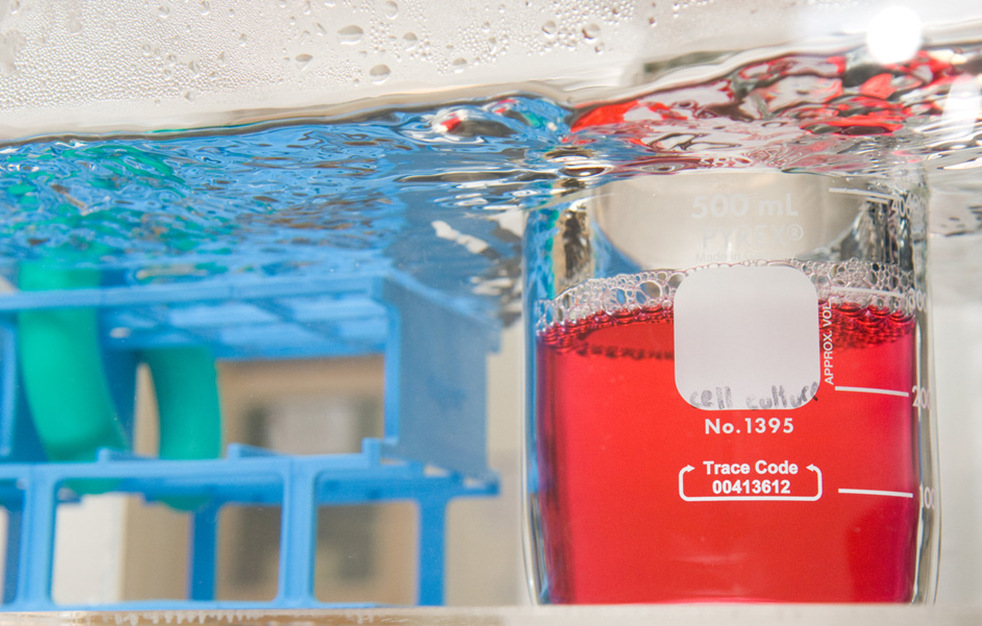
Cellular Analysis And Cytometry
The Cellular Analysis & Cytometry Core (CAC) provides enhanced cell analysis and sorting services. In addition, the Core offers far-infrared imaging of gels & western blots, access to Cell Counters/Multi-Sizers & FlowJo Analysis Software, and Automated Cell Culture Technology.
